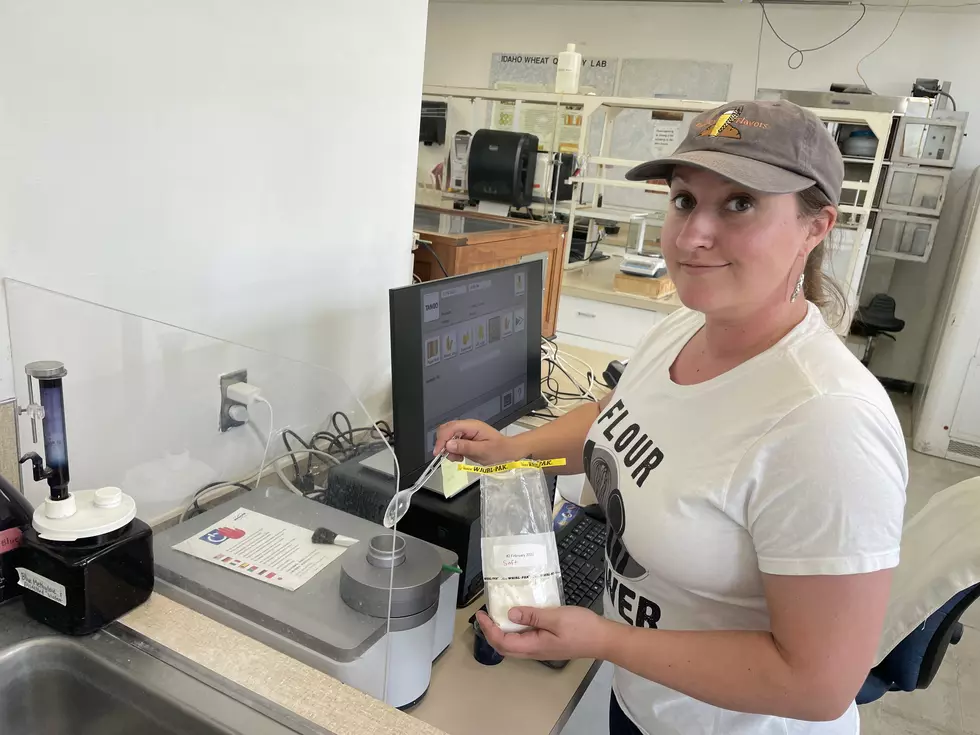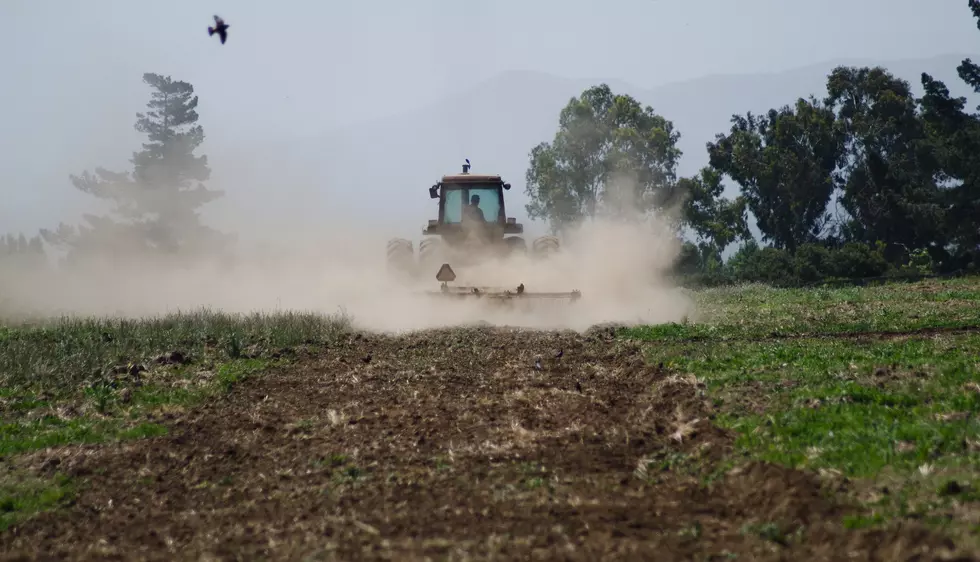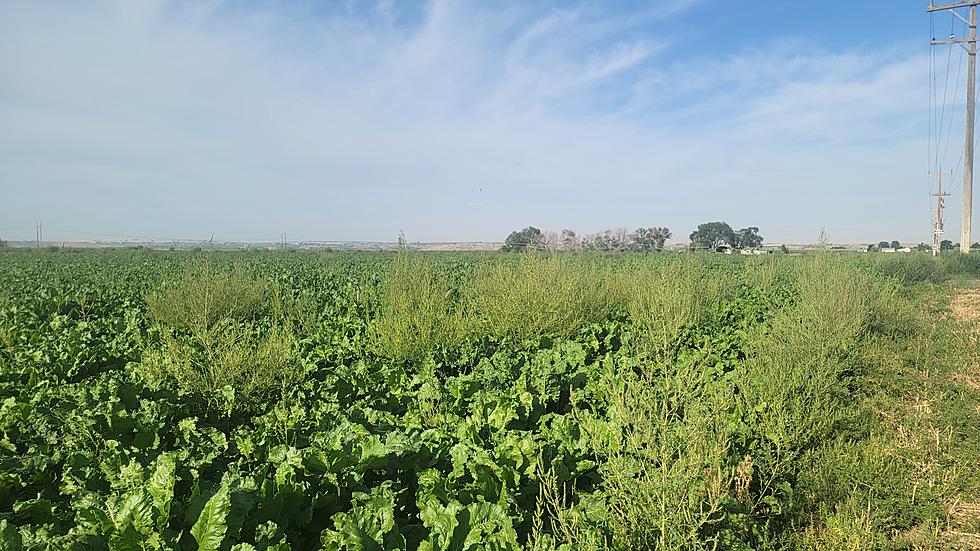
UI: New Spectrometer A Big Benefit For Wheat Industry
The staff at the University of Idaho’s Wheat Quality Lab said when analyzing flour samples produced from experimental cereal cultivars, they will generate more consistent test results in less time. In November the University of Idaho and the state Wheat Commission split the $59,000 cost of a computerized near infrared spectrometer for the lab, based at U of I’s Aberdeen Research and Extension Center.
School officials said the modern device will help the lab better measure quality indicators of flour samples, such as protein and moisture content. The technology uses infrared light to analyze the composition of materials, differentiating the unique infrared colors associated with specific components.
Sarah Windes, laboratory services manager with the College of Agricultural and Life Sciences who oversees the lab, sought to avoid potentially skewing test results by immediately switching to the new spectrometer last season. Instead, she’s spent the past several months calibrating it in preparation to be unveiled for this season’s harvest. By the end of August 2022, Windes expects to finish running the last of the 2021 flour samples with the old machine, which was acquired roughly 20 years ago.
"One of the things I noticed when I got into the lab was that the NIR spectrometer the lab was using to measure protein content and ash content was old,” Windes said. “It was a little fritzy.”
The spectrometer the lab has been using will occasionally record a protein level of more than 20% for a soft wheat variety, which should typically range from 9% to 11%. When such spikes occur, Windes and her staff have to turn the machine off and recalibrate it. The new machine, the TANGO manufactured in Germany by Bruker Co., connects to the internet and automatically calibrates itself against samples from a global database. It doesn’t exhibit such occasional fluctuations in readings, and it’s also much more efficient to use.
"It has detachable cups and you can have multiple samples lined up ready to pop into the reader,” Windes said, adding the TANGO won’t have to be cleaned after every sample like its predecessor. “That will save us at least 10 hours per week not having to wait by the machine in a chair.”
The current spectrometer tests only wheat and barley flours or meals. The TANGO opens the door for the lab to test other cereals and dozens of different commodities, in addition to whole kernels and oils. Jared Spackman, barley agronomist at Aberdeen, has already used the TANGO to evaluate moisture in whole barley grain. Furthermore, the TANGO calculates two new readings for the lab – fiber and starch content. It can also plot and chart the data. The lab, which has been operating for several decades to assess end-use qualities of the university’s experimental wheat varieties, is fully funded by the Idaho Wheat Commission. Staff make a rough grist grind of early generation samples to assess protein, ash content, moisture and kernel hardness. Later-generation samples are milled into fine flour. Soft wheat varieties are baked into cookies. Hard wheats are used to make bread. Some soft wheats are also made into noodles.
The staff derives information about protein quality and other factors from its bread bakes.
“We are looking at shape, how high it rises in the proof box, the volume of a loaf and the internal structure of the crumb,” Windes said.
Cookies made from soft wheats are evaluated for color, dough spread and uniformity and size of cracks on the surface, known as the top grade. The lab received 7,500 cultivar samples for evaluation from the 2021 harvest, 80% of which were made into baked goods.
If you have a story idea for the PNW Ag Network, call (509) 547-1618, or e-mail glenn.vaagen@townsquaremedia.com
More From PNW Ag Network









